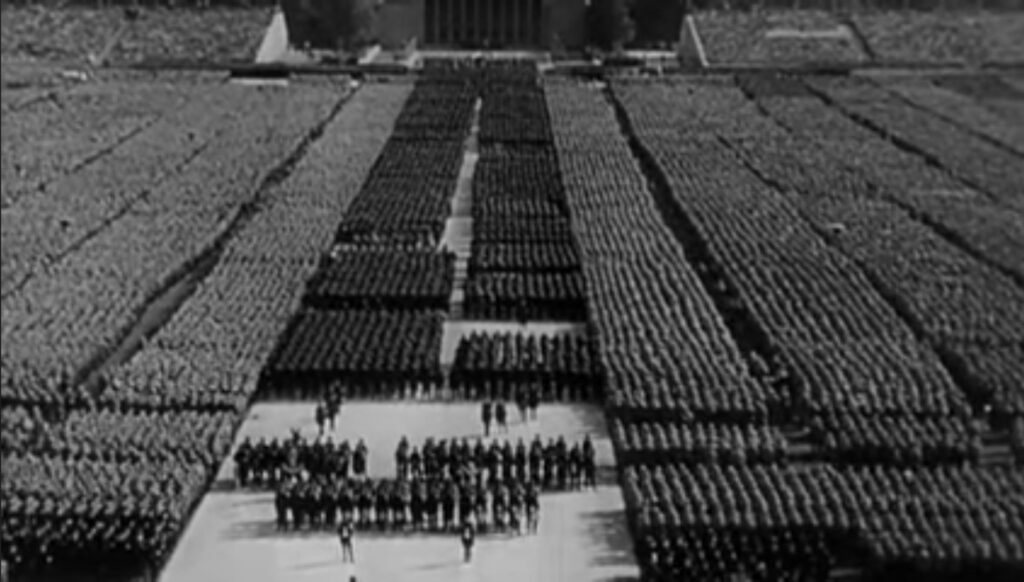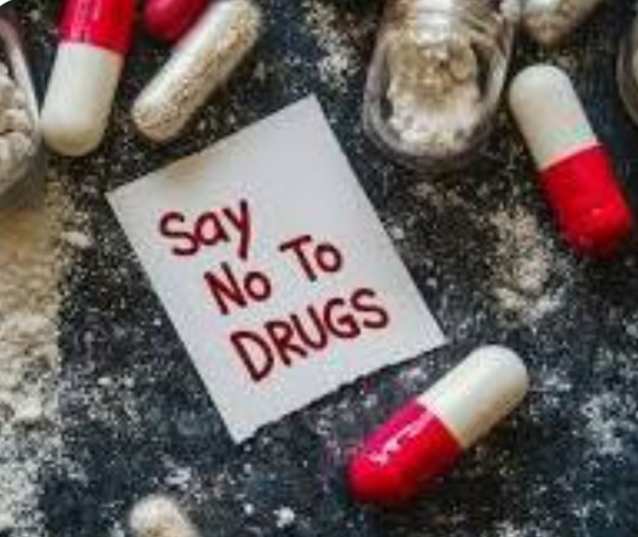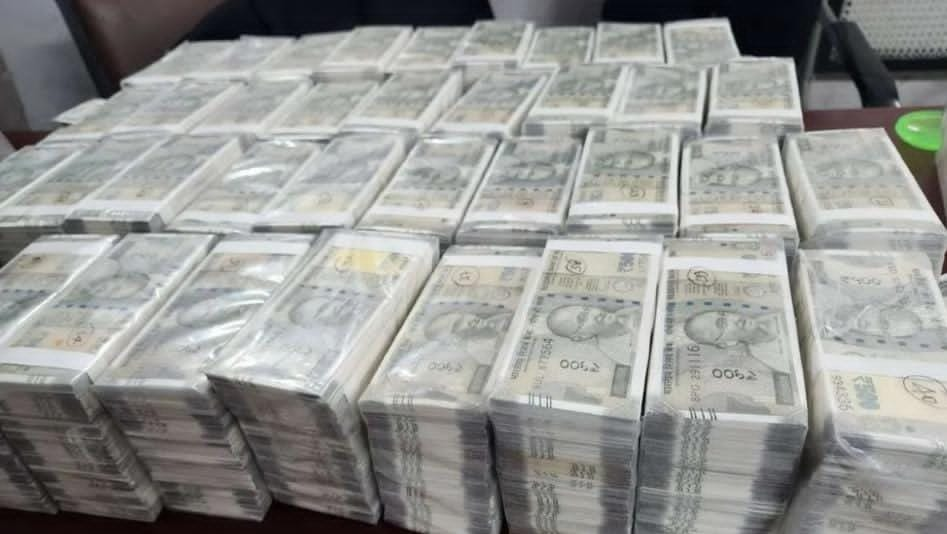The Stages of Hitler’s Rise to Power (1924-1933)
After the Beer Hall Putsch in 1923, Hitler was tried and sentenced to prison. Most observers assumed that his political career was over. The extreme economic problems that had weakened the Weimar Republic in its first few years eased starting in 1924, and fewer people were attracted to political extremism.
1924: In prison, Hitler writes Mein Kampf, setting out his ideas. In his absence, it becomes clear that no one else can create a successful ultra-right-wing movement
1925-28: Hitler, released from prison, reconstitutes the Nazi Party under his exclusive leadership. The Party does very poorly in elections, but this period allows Hitler to recruit a small but devoted group of followers, including many who would be leading figures in the Nazi regime after it came to power.
1929-32: the start of the world economic depression following the crash of the United States stock market in October 1929 gives Hitler a chance. As unemployment skyrockets in Germany, voters turn against parties associated with the Weimar Republic. The Nazis score a series of successes in state elections. Hitler benefits from the deep divisions among the other German political parties.

The Communists hope to profit from the Depression. They blame Germany’s problems on capitalism, call for a revolution, and refuse to cooperate with any of the others parties. Conservative nationalist parties blame parliamentary democracy and the Versailles treaty for Germany’s problems. They hope to use the economic crisis to overturn the constitution and restore an authoritarian system similar to the pre-war monarchy. They see Hitler as a potentially useful ally. The Social Democratic Party is the strongest defender of the democratic system, but blames the “bourgeois” pro-capitalist parties for the economic crisis. The Catholic Center party has the greatest weight in the government, but has no remedy for the Depression. By contrast, the Nazis offer a simple explanation of the crisis—it’s the fault of the Jews—and a simple program for ending it. In national parliamentary elections in September 1930, the Nazis score an unexpected success, winning 18% of the vote and becoming the second-largest party (after the Social Democrats). In 1932, Hitler runs for president against the celebrated war hero Hindenbur”
Fearing that his moment may be about to pass, Hitler becomes more conciliatory to Schleicher. On January 30, 1933, an agreement is announced: Hitler will be named Chancellor (prime minister). Despite the broad support for the Nazis, the party will have only four seats in the cabinet. Schleicher and other conservatives expect Hitler’s extremism to undermine his popularity; they will then be able to dismiss him and keep power themselves.
Significant points about Hitler’s rise to power: (1) Hitler’s success owed a great deal to the weakness of democracy in Germany; (2) it took the Great Depression to create the conditions in which Hitler could come to power; (3) although his party did become the largest in Germany, Hitler was not elected to office; the Nazis never won an absolute majority of votes, even in the final elections held after they came to power in March 1933; (4) Hitler became Chancellor thanks to the calculations of right-wing nationalist politicians who thought they could use his popularity to destroy the Weimar system.”












Leave a Reply